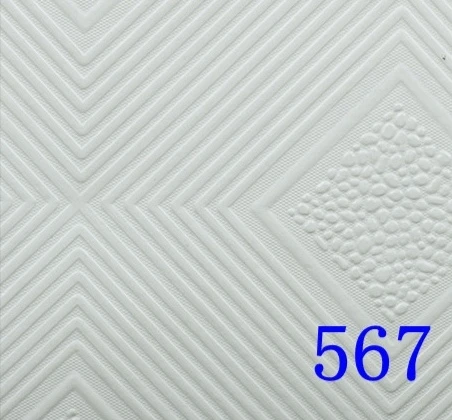Dec . 12, 2024 10:28 Back to list
t bar grid
The Evolution of the T-Bar Grid System in Modern Architecture
In the realm of modern architecture and interior design, the T-bar grid system has made a significant impact, particularly in the construction of suspended ceilings. This innovative framework not only serves aesthetic purposes but also enhances the functionality and versatility of interior spaces. The T-bar grid system consists of horizontal and vertical metal bars that create a grid framework, allowing for various types of ceiling tiles to be inserted. This design has transformed the way we think about accessible spaces in commercial and residential buildings.
The origins of the T-bar grid system can be traced back to the mid-20th century when architects and builders began to explore new ways to create flexible spaces that could accommodate changing needs. Traditional plaster ceilings were often labor-intensive and difficult to alter. The advent of the T-bar grid system revolutionized ceiling installations by simplifying the construction process and allowing for easy access to electrical and mechanical systems hidden above the ceiling tiles.
The Evolution of the T-Bar Grid System in Modern Architecture
The aesthetic appeal of T-bar grid systems also cannot be overlooked. Available in various finishes and styles, these grids can complement any interior design theme, from sleek modern offices to cozy residential spaces. The clean lines of the T-bar grid lend a contemporary look, while the versatility in ceiling tile options—from acoustic panels to decorative tiles—allows for personal expression and customization. This feature is particularly appealing in commercial settings, where businesses seek to create distinctive environments that reflect their brand identity.
t bar grid

Moreover, T-bar grid systems contribute to improved acoustic performance in interior spaces. The ability to incorporate acoustic panels within the grid not only enhances sound absorption but also promotes a more comfortable atmosphere in bustling environments. This is particularly vital in settings like conference rooms, auditoriums, and educational institutions, where noise control is crucial for productivity and learning.
Another notable benefit of T-bar grid systems is their ability to improve energy efficiency. Many ceiling tiles designed for T-bar grids include insulation properties that help regulate temperature and reduce energy consumption. This contributes to lower utility bills and a more sustainable building profile, appealing to environmentally conscious architects and designers.
As we move forward into the future, the t-bar grid system continues to evolve. With advancements in materials and technology, the possibilities for customization and functionality are expanding. Manufacturers are exploring innovative designs that incorporate smart technology and integrated lighting, further enhancing the usability and appeal of T-bar grid systems.
In conclusion, the T-bar grid system has established itself as a cornerstone of modern architectural design. Its combination of functionality, adaptability, aesthetics, and acoustic performance makes it an indispensable tool for architects and interior designers striving to create flexible, efficient, and visually appealing spaces. As buildings continue to evolve, the T-bar grid will likely remain at the forefront of innovative design solutions, shaping the interiors of tomorrow.
-
Durable Ceiling T Grid Systems | Easy InstallationNewsAug.29,2025
-
PVC Gypsum Ceiling: Durable, Laminated Tiles for Modern SpacesNewsAug.28,2025
-
Pvc Gypsum Ceiling Is DurableNewsAug.21,2025
-
Mineral Fiber Board Is DurableNewsAug.21,2025
-
Ceiling Tile Clip Reusable DesignNewsAug.21,2025
-
Ceiling T Grid Modular DesignNewsAug.21,2025







